Job Recommendation Letter Template for Professional Success
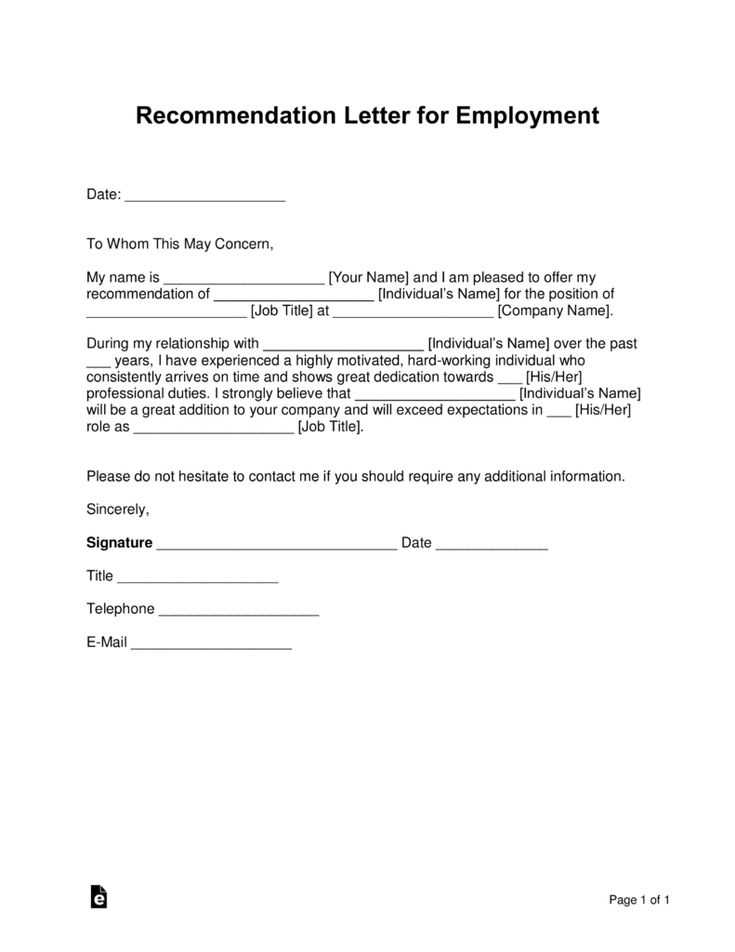
Whether you’re seeking a new opportunity or advancing in your current career, presenting a well-crafted endorsement can make a significant difference. A carefully written reference can highlight your skills, work ethic, and potential, making it easier for employers to recognize your value. The right approach ensures that your strengths are communicated effectively, giving you an edge over the competition.
In this section, we will explore how to structure an impactful recommendation that resonates with prospective employers. With the right format and wording, you can create a compelling document that aligns with industry standards while still reflecting your unique qualifications. By understanding the key components and nuances of such a document, you can craft a resource that’s both professional and persuasive.
Why You Need a Job Recommendation Letter
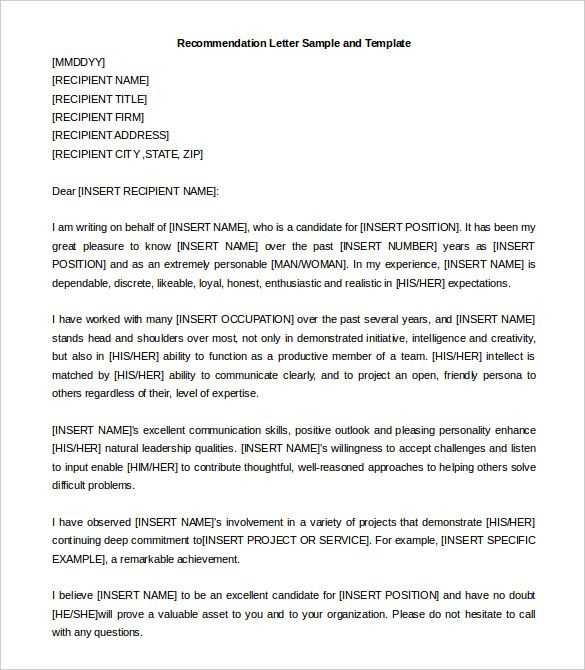
In a competitive professional landscape, showcasing your skills and experiences through external validation can be incredibly valuable. Having someone else vouch for your abilities can add significant credibility to your profile and make you stand out. It provides potential employers with a clearer understanding of your strengths and how you can contribute to their organization.
Building Trust with Employers
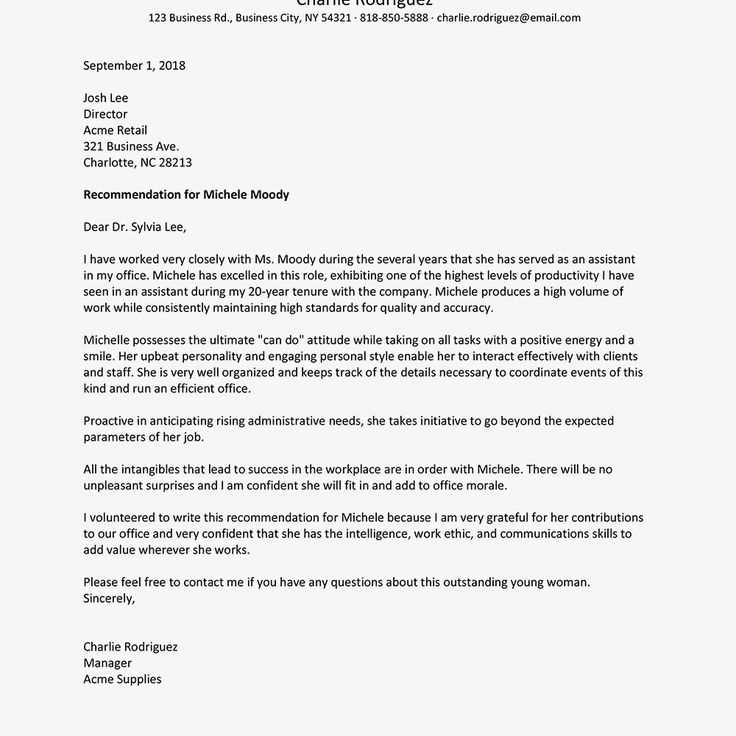
A well-crafted endorsement helps establish trust between you and potential employers. It demonstrates that others recognize your potential and have had positive experiences working with you. When a reference speaks highly of your work, it reassures hiring managers of your reliability and competence.
- Strengthens your professional reputation.
- Gives a clear picture of your capabilities and character.
- Offers reassurance to hiring teams on your potential fit within the company.
Enhancing Your Application
Including a strong recommendation in your application can set you apart from other candidates. It shows that you are proactive and have built meaningful professional relationships that can attest to your skills. This extra element can elevate your resume and make your application more memorable.
- Helps your application stand out from the competition.
- Provides a personalized perspective on your qualifications.
- Supports your resume and other application materials with concrete examples of your work.
Key Elements of an Effective Template
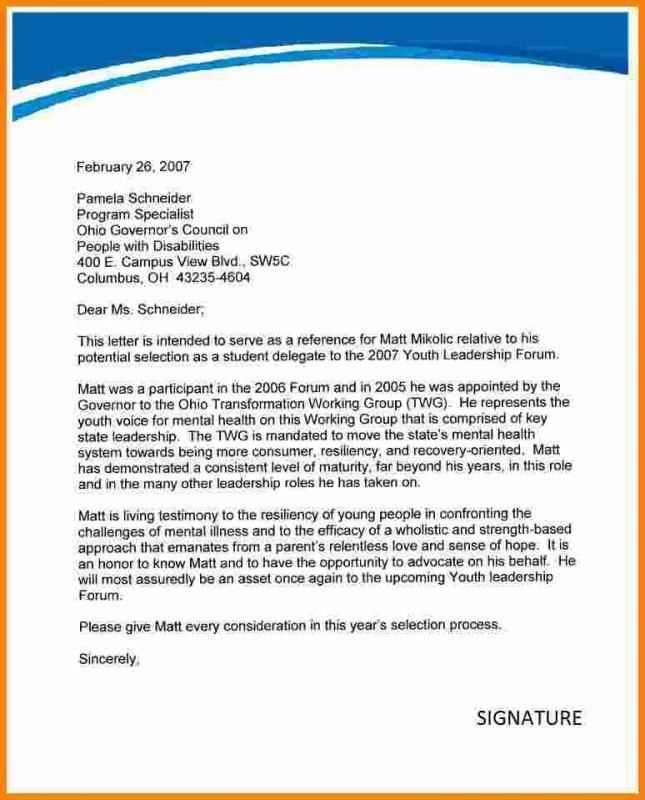
An impactful endorsement requires careful structuring to ensure it conveys the right message clearly and persuasively. The format should highlight your strongest qualities and achievements, while ensuring readability and professionalism. Each section should serve a specific purpose in showcasing your abilities and character, leading to a comprehensive and convincing endorsement.
| Section | Description |
|---|---|
| Introduction | Start by introducing the person offering the endorsement and their relationship with you, establishing credibility. |
| Skills and Qualities | Highlight key attributes such as work ethic, problem-solving skills, and communication abilities, backed by specific examples. |
| Professional Achievements | Showcase notable accomplishments, emphasizing how these contributions benefitted previous employers or projects. |
| Closing Statement | Conclude with a strong statement of support, offering a final endorsement and expressing confidence in the individual’s abilities. |
Personalizing Your Job Reference Letter
Making an endorsement unique and tailored to your experiences can greatly increase its impact. Customizing the content ensures that the reader understands not only your strengths but also how those qualities apply to specific situations. A personalized reference highlights your distinctive contributions, making the document more relevant and persuasive.
Incorporating Specific Examples
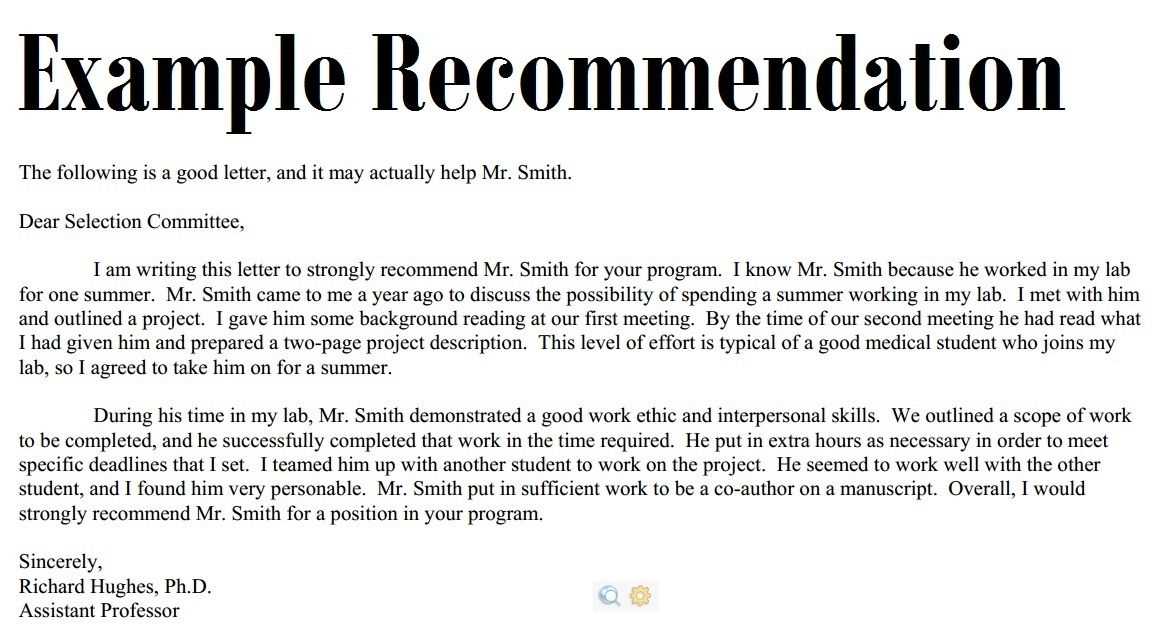
Including real-world examples of your accomplishments is key to making the endorsement stand out. Rather than relying on general statements, focus on particular projects, tasks, or challenges where you excelled. This approach adds authenticity and reinforces the value you can bring to a future role.
- Describe key moments where you demonstrated leadership or problem-solving skills.
- Include measurable outcomes, such as increased productivity or revenue, to showcase your impact.
Matching Skills to the Role
When personalizing, it’s important to align your qualities with the specific role or industry you’re targeting. Tailor the content to reflect the skills and experiences most relevant to the position, making the endorsement resonate with the hiring team.
- Highlight transferable skills that are essential for the desired role.
- Emphasize how your background aligns with the organization’s needs and culture.
Common Mistakes to Avoid in Templates
When crafting a professional endorsement, there are several pitfalls that can undermine its effectiveness. Making these errors may diminish the credibility of the content or leave the wrong impression on the reader. Being aware of these common mistakes will help ensure that the document serves its intended purpose and communicates your strengths accurately.
- Generic Content: Avoid using overly broad statements or clichés. A strong endorsement should be specific and unique to the individual’s qualifications and experiences.
- Lack of Clear Examples: Failing to provide concrete examples of achievements can make the endorsement feel vague. Always back up claims with specific instances that demonstrate capabilities.
- Overly Formal or Robotic Tone: While professionalism is key, using a tone that is too formal or robotic can make the endorsement feel impersonal. It’s important to strike a balance that remains courteous while still sounding authentic.
By avoiding these common missteps, you can create a more impactful and personalized document that effectively highlights your qualifications and stands out to potential employers.
How to Ask for a Recommendation
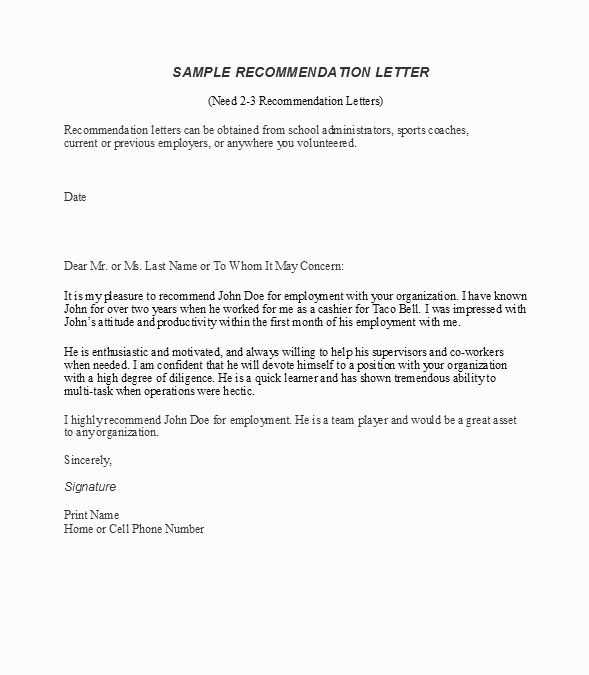
Requesting an endorsement is an important step that requires careful thought and consideration. The approach you take can significantly impact the outcome, as it’s essential to ensure the person you’re asking understands both the request and your objectives. Properly communicating your needs and providing enough context will make it easier for them to write a strong and personalized reference.
Choosing the Right Person
Start by selecting someone who knows you well and can speak to your strengths in a specific context. Ideally, this should be someone who has directly observed your work and can provide meaningful insights into your abilities. The more relevant the person’s experience with you, the more credible and impactful their endorsement will be.
- Consider former managers, colleagues, or mentors who have seen your work firsthand.
- Choose someone who holds a respected position in your field for added weight.
Making Your Request Clear and Thoughtful
When you ask for a reference, be clear about what you need. Provide details about the opportunity or role you’re pursuing and explain why you think their endorsement would be valuable. Offering context allows the person to tailor their words and make the endorsement more relevant to your goals.
- Explain why you value their opinion and how their input could help you.
- Give them enough time to craft a thoughtful response, without rushing them.
Best Practices for Formatting Your Letter
Proper organization and structure are essential when creating a compelling endorsement. A well-formatted document ensures that the content is clear, easy to read, and professional. Adhering to best practices helps guide the reader through the important points and increases the chances that your strengths will be highlighted effectively.
- Use Clear and Consistent Structure: Ensure the content follows a logical flow, beginning with a strong introduction, followed by details about your qualities and achievements, and ending with a confident closing statement.
- Keep it Concise: Avoid overly long or complicated sentences. Be direct and to the point, ensuring that every paragraph serves a purpose and supports the overall endorsement.
- Professional Tone and Formatting: Stick to a formal tone and use standard fonts and spacing. Ensure the document is easy to skim with proper paragraph breaks and consistent margins.
Following these formatting guidelines will enhance the readability and professionalism of your document, making it stand out to potential employers or decision-makers. Keep the focus on clear, well-organized content that conveys your best qualities effectively.